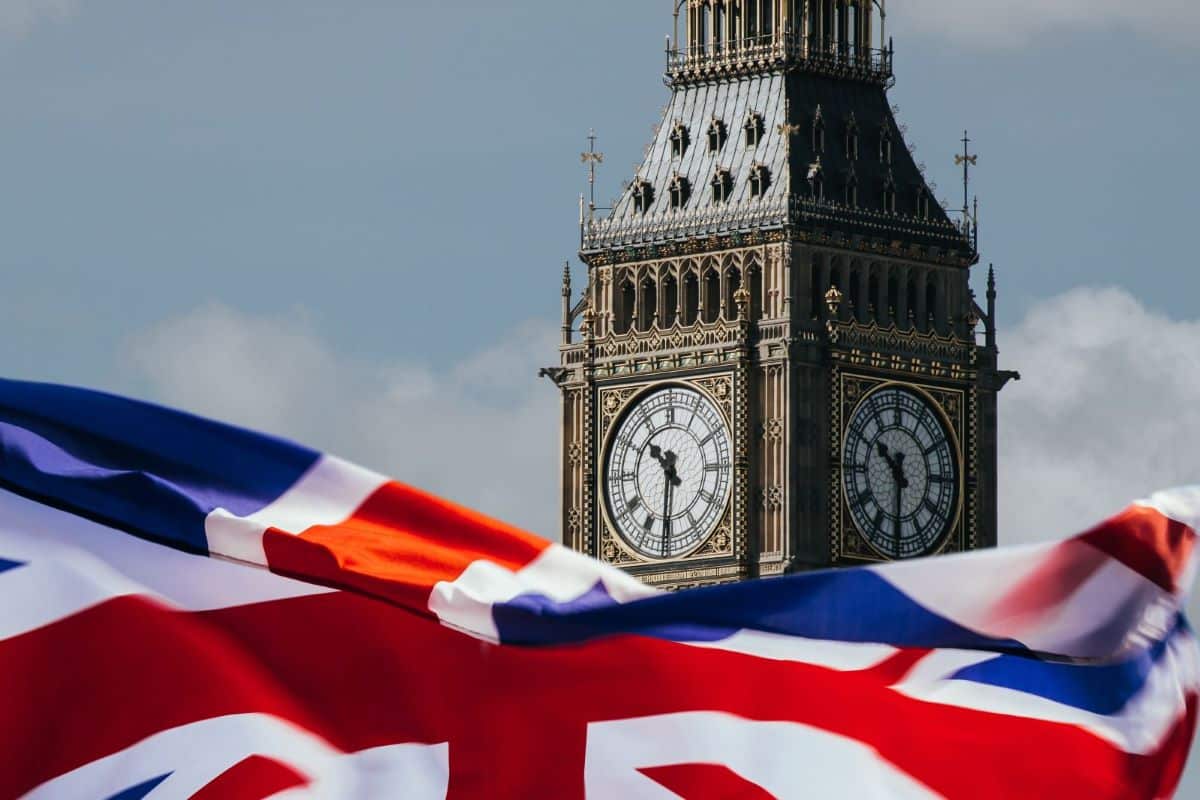Once symbols of British pride and innovation, these landmarks have seen their brilliance dim, suffering from neglect, over-commercialisation, or simply becoming outdated.
1. The Gherkin, London
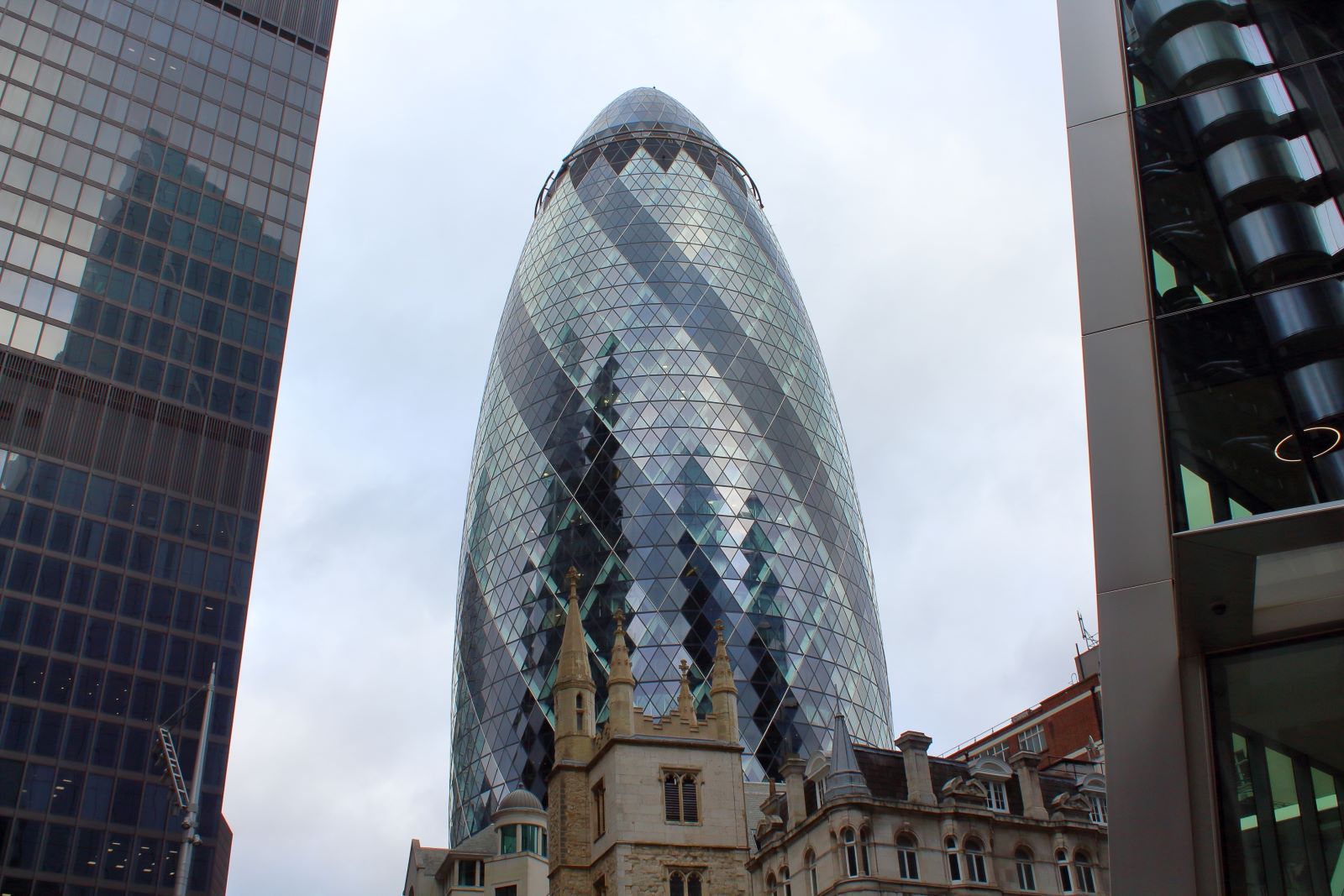
Once a striking feature of London’s skyline, the Gherkin has been eclipsed by newer, taller skyscrapers. What was once an iconic symbol of modern architecture now blends into a crowded skyline, losing the unique appeal it once held.
2. Edinburgh Castle, Edinburgh
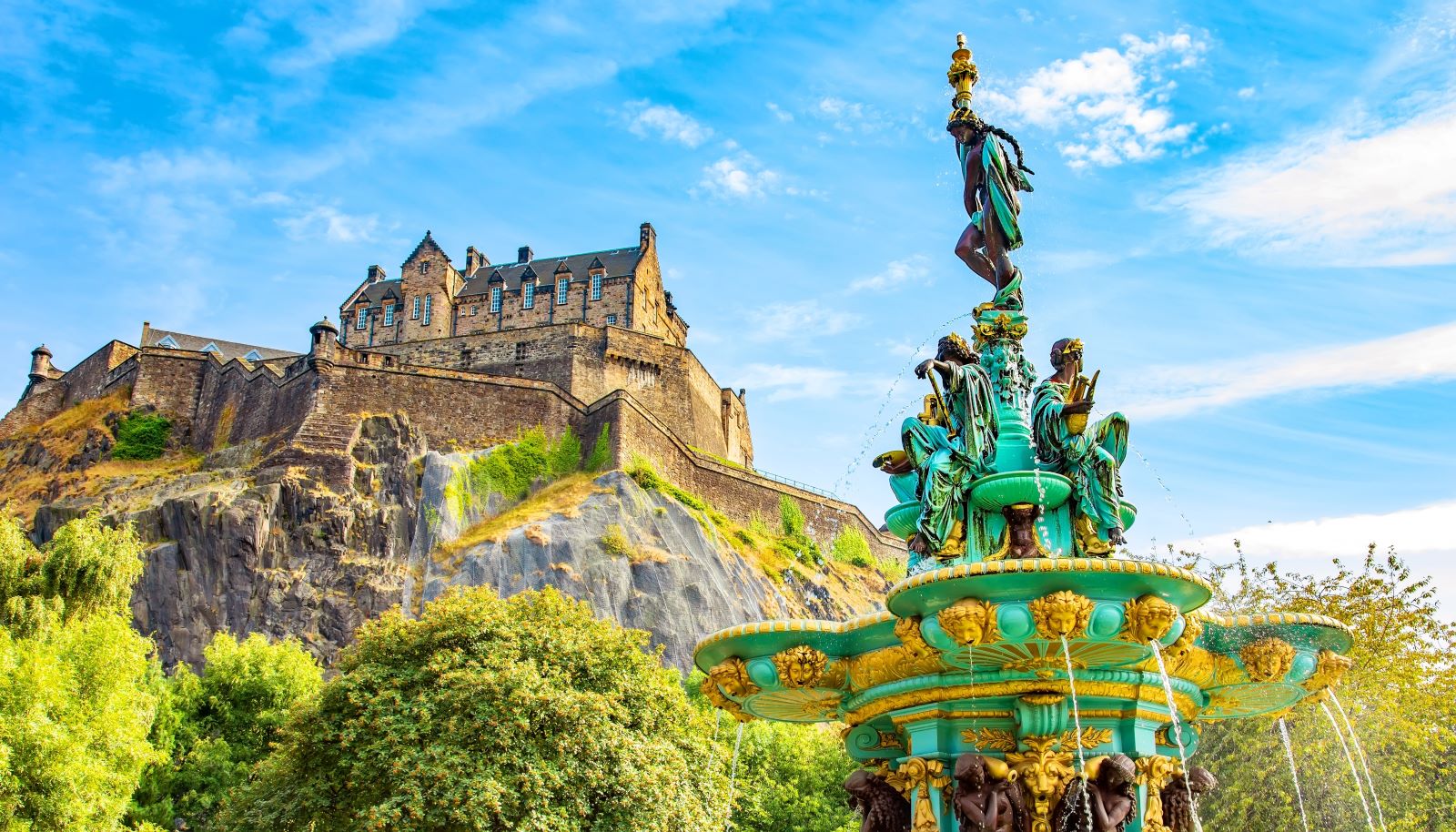
Edinburgh Castle’s grandeur has been overshadowed by its excessive commercialisation. The steep £20 entry fee is a barrier for locals, and the site feels more like a tourist funnel than a historical treasure, with its authenticity buried under a wave of souvenir stalls.
3. Blackpool Tower, Lancashire
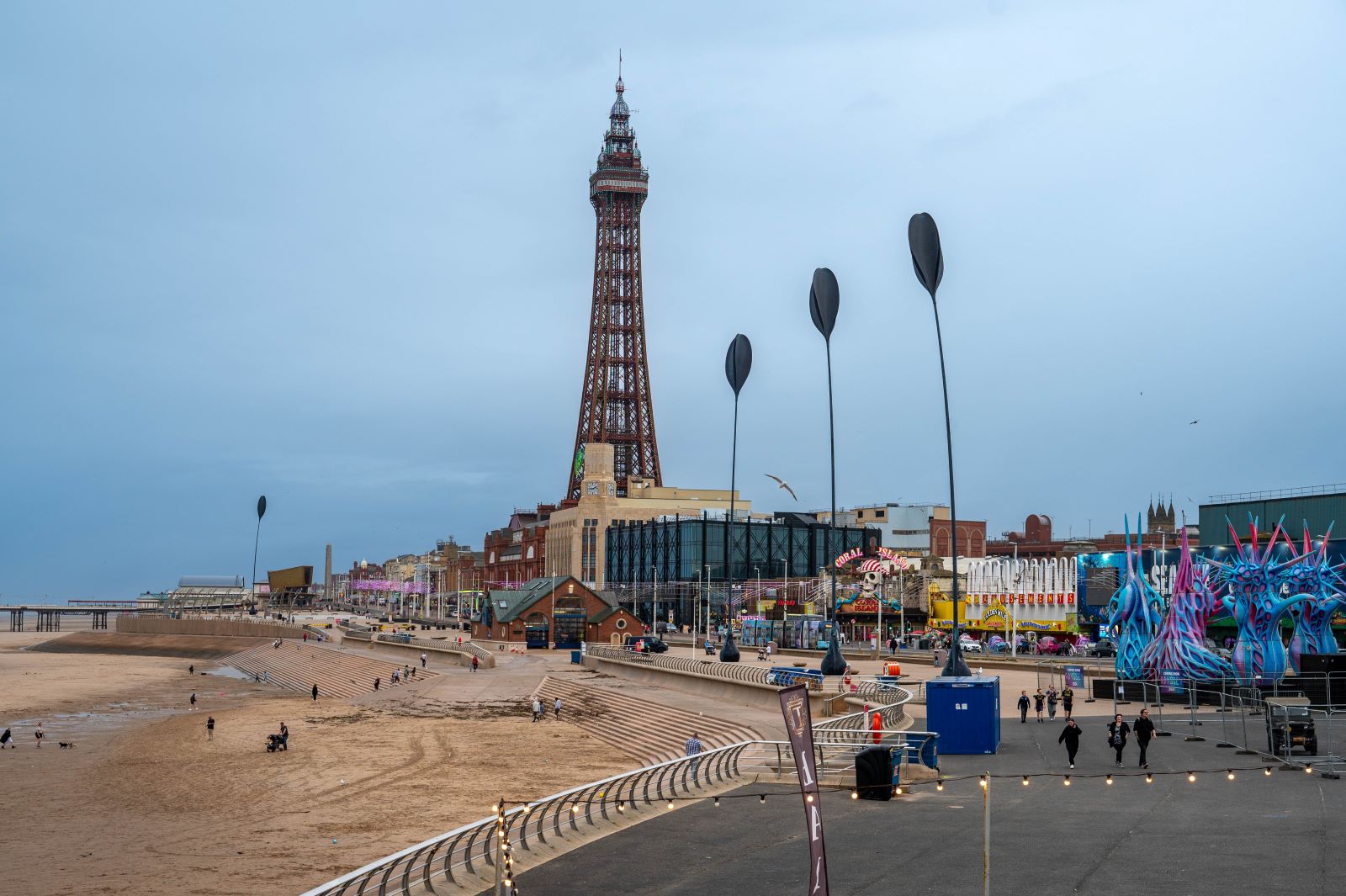
Blackpool Tower, once the pinnacle of British seaside entertainment, is now struggling to attract visitors. Despite numerous attempts at restoration, the tower’s faded charm and Blackpool’s overall decline as a tourist destination have left it far from the glittering landmark it once was.
4. The Eden Project, Cornwall
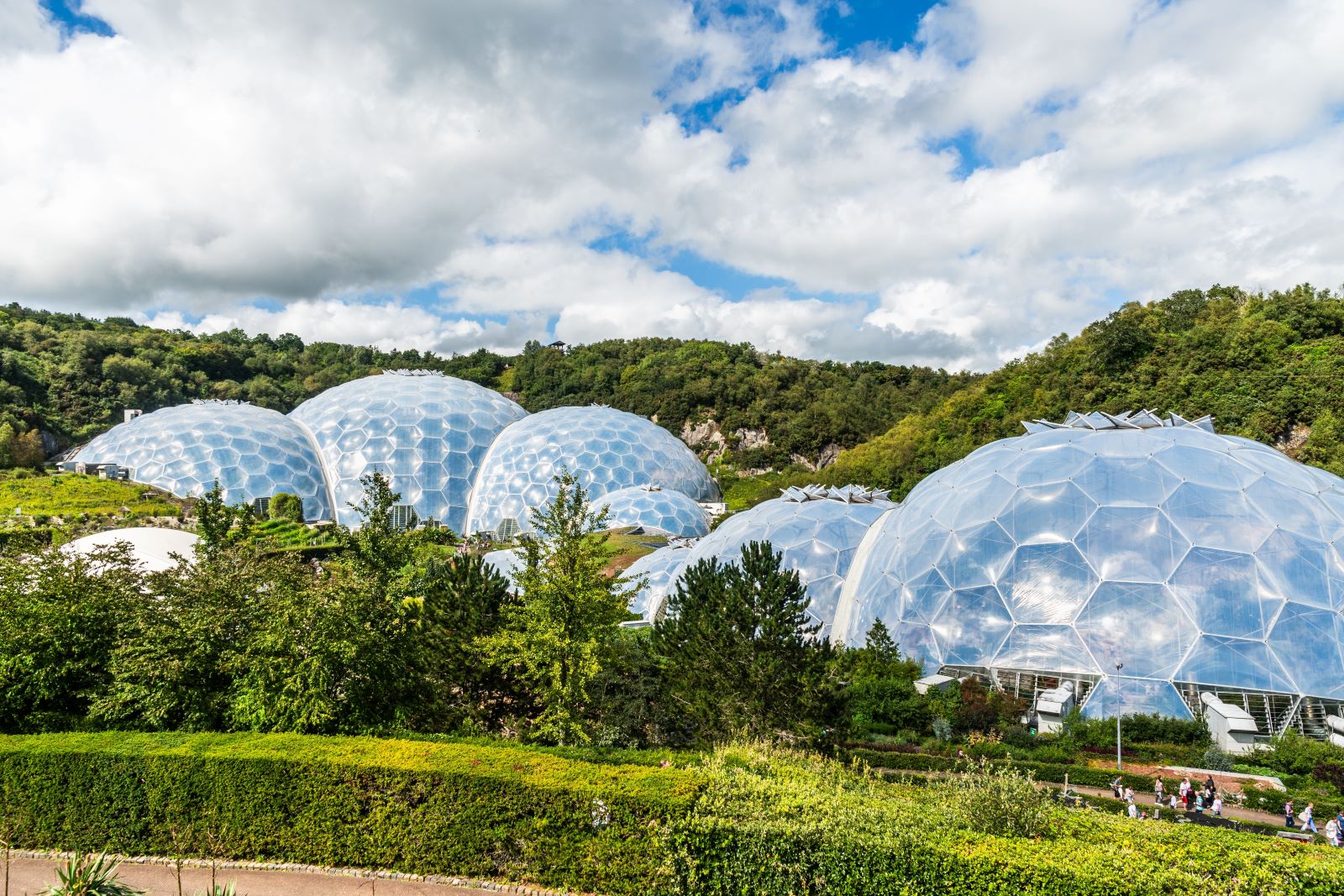
The Eden Project, a pioneering symbol of environmentalism, now feels like an overpriced tourist trap. Visitor numbers have significantly declined, and its once inspiring mission is now overshadowed by high ticket prices and underwhelming impact.
5. Cardiff Bay, Cardiff
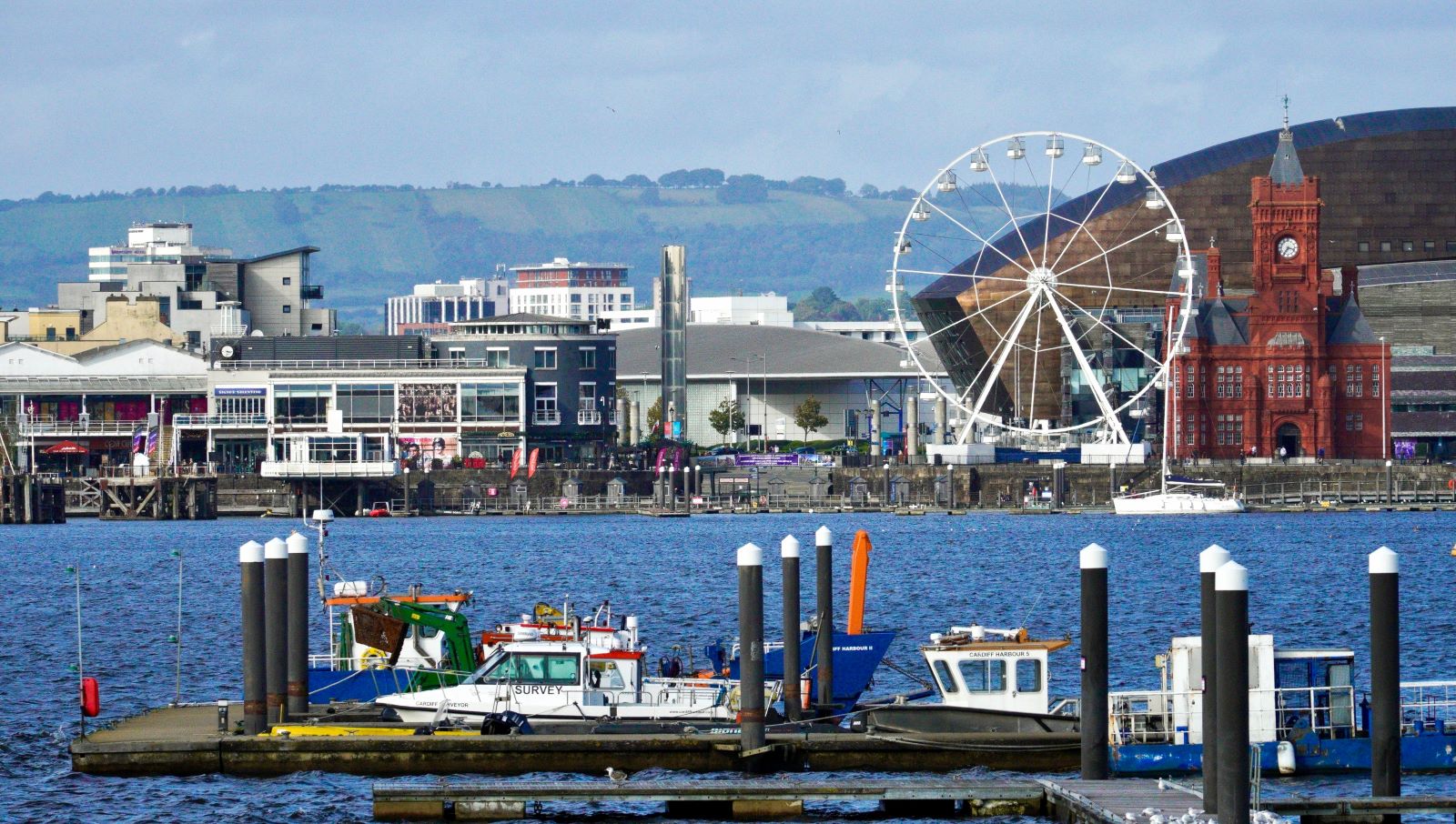
The much-hyped Cardiff Bay redevelopment promised a thriving waterfront, but has instead delivered an uninspiring mix of underused spaces. The flashy regeneration has failed to generate the long-term economic boost it once aimed for, leaving the area feeling half-baked.
6. Hadrian’s Wall, Northumberland
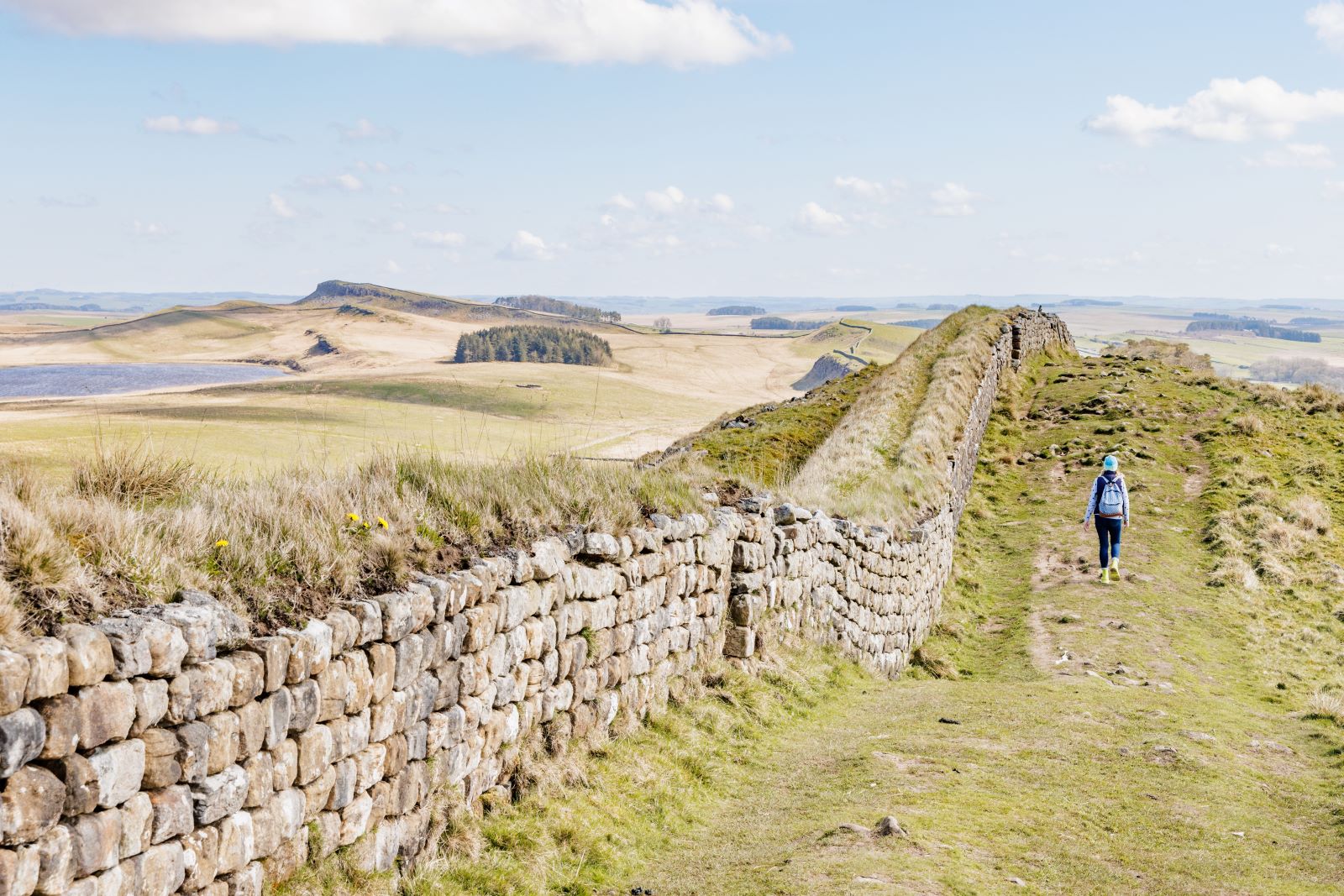
Despite its UNESCO status, Hadrian’s Wall is suffering from neglect. The historic site has seen little investment in conservation, leaving large sections eroding and overgrown, far from the proud relic of Roman Britain it should be.
7. The Angel of the North, Gateshead

What was once considered a bold piece of public art now seems disconnected and tired. The Angel of the North, intended to symbolise the resilience of the North East, has become little more than a roadside photo opportunity, its impact fading with time.
8. The Spinnaker Tower, Portsmouth

Portsmouth’s Spinnaker Tower, intended as a symbol of the city’s regeneration, has failed to live up to expectations. Maintenance issues and poor visitor numbers have made it more of an expensive misstep than a transformative landmark for the city.
9. Giant’s Causeway, Northern Ireland
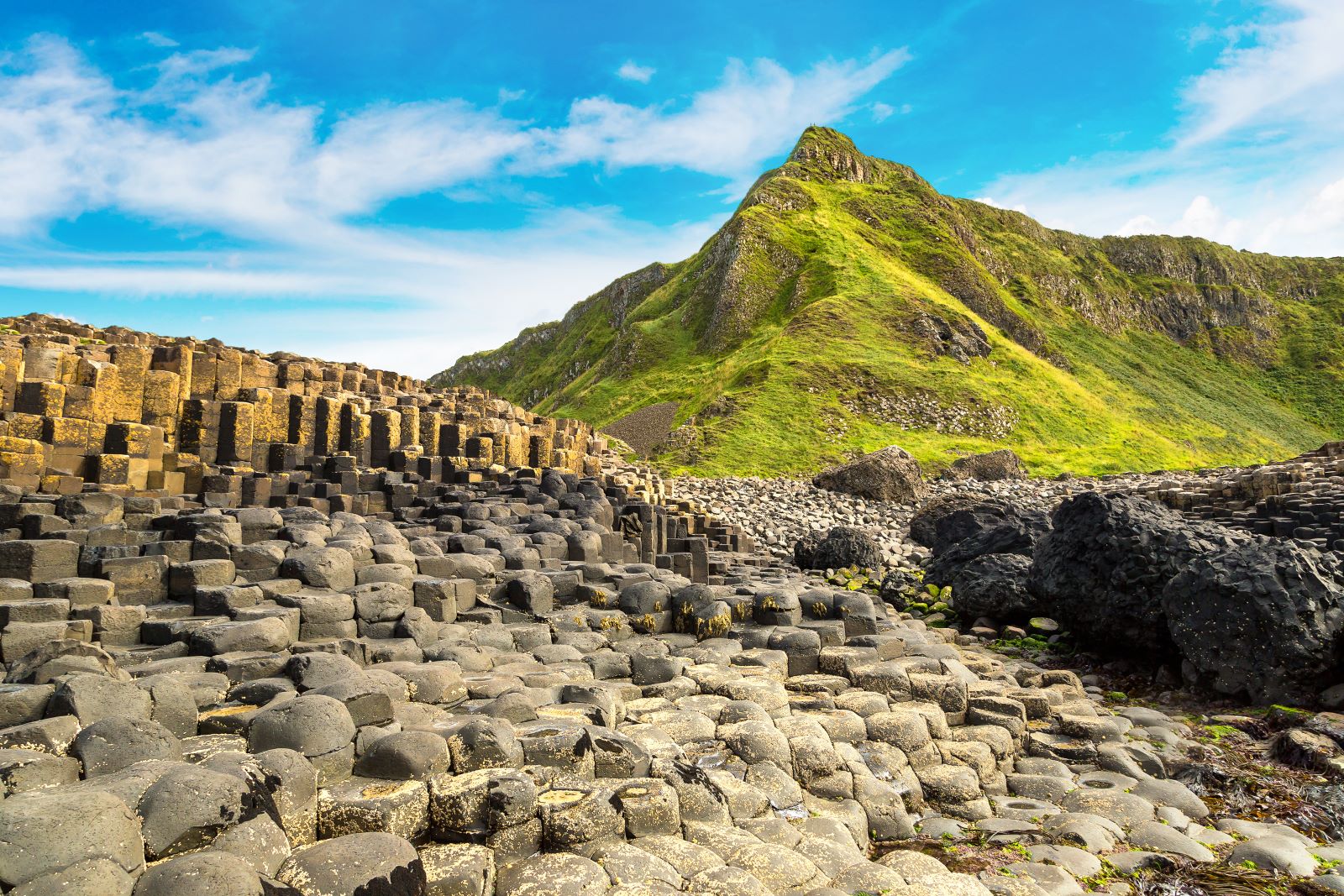
The natural wonder of Giant’s Causeway has been marred by excessive tourist infrastructure. The visitor centre, with its commercial focus, has taken away from the raw beauty of the site, reducing it to another heavily managed tourist spot.
10. The Bullring, Birmingham
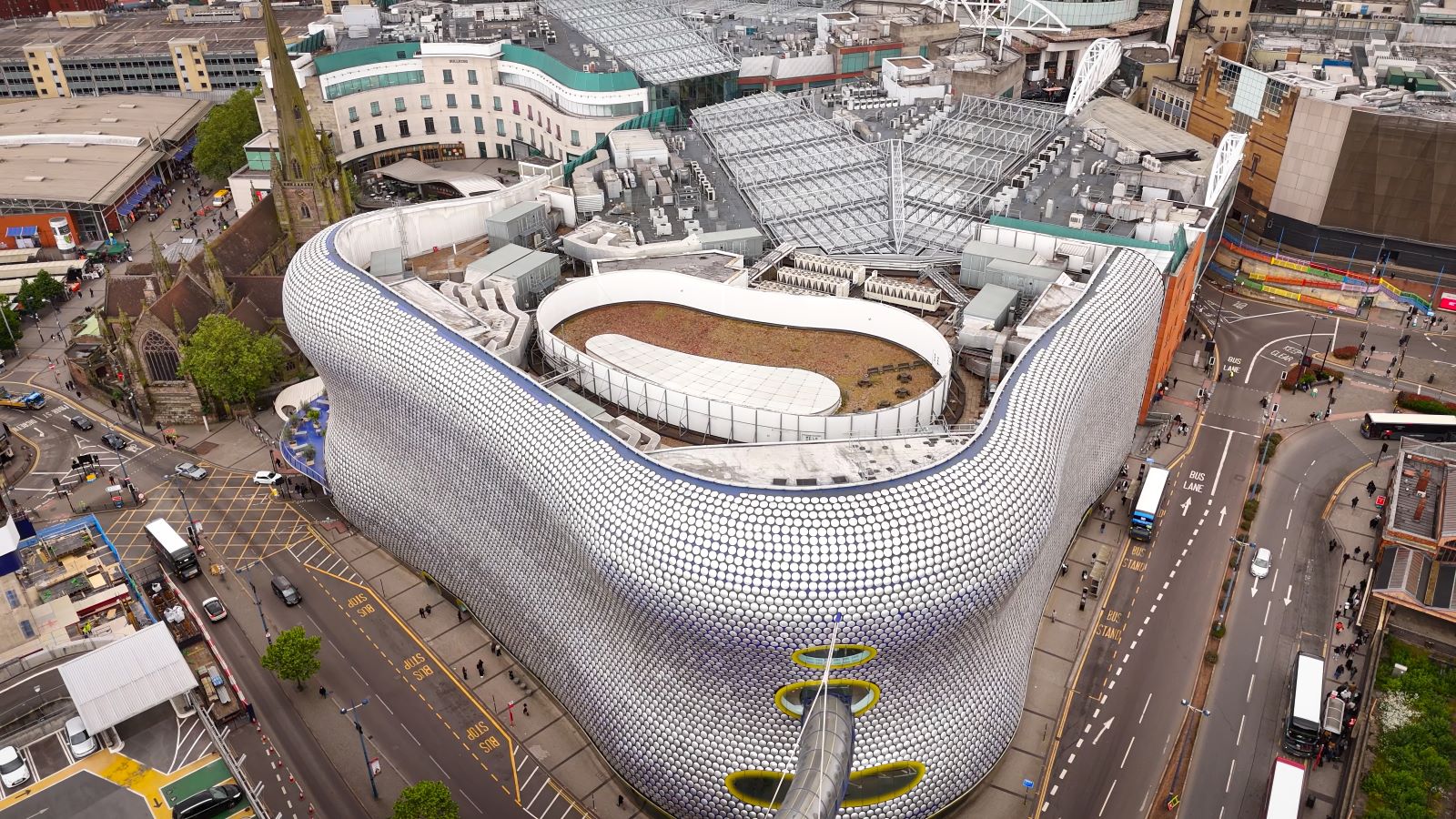
Once a symbol of Birmingham’s retail revival, the Bullring now feels like a relic of an era when shopping centres were booming. With the rise of online shopping, the once-bustling complex struggles to retain its relevance in a changing retail landscape.
11. The Winter Gardens, Blackpool
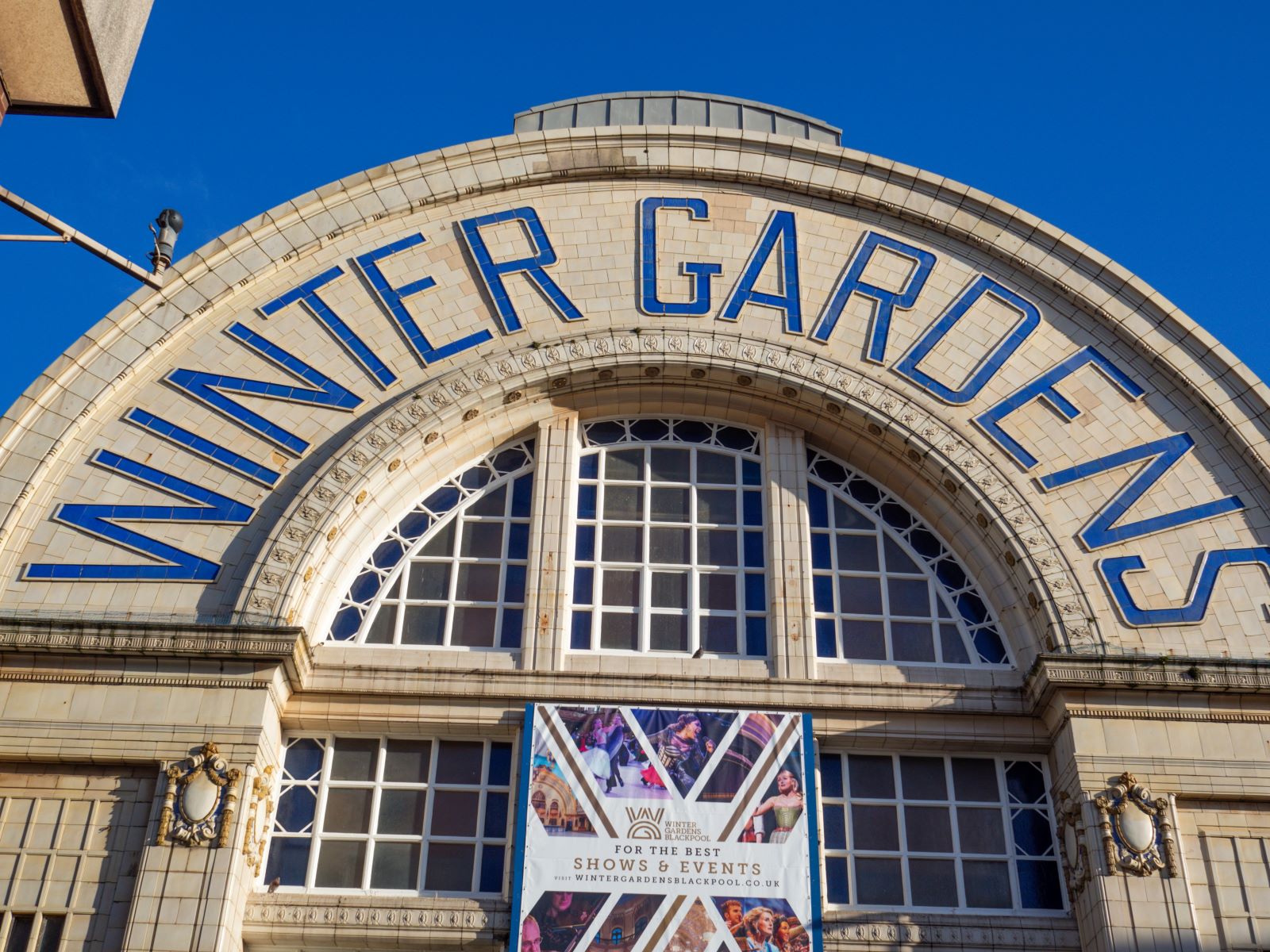
The Winter Gardens, once a grand venue for British entertainment, now feels like a decaying monument to the past. Maintenance issues and a dwindling visitor base have left the site far from its former glory, a sad reminder of Blackpool’s decline.
12. The Titanic Belfast, Belfast
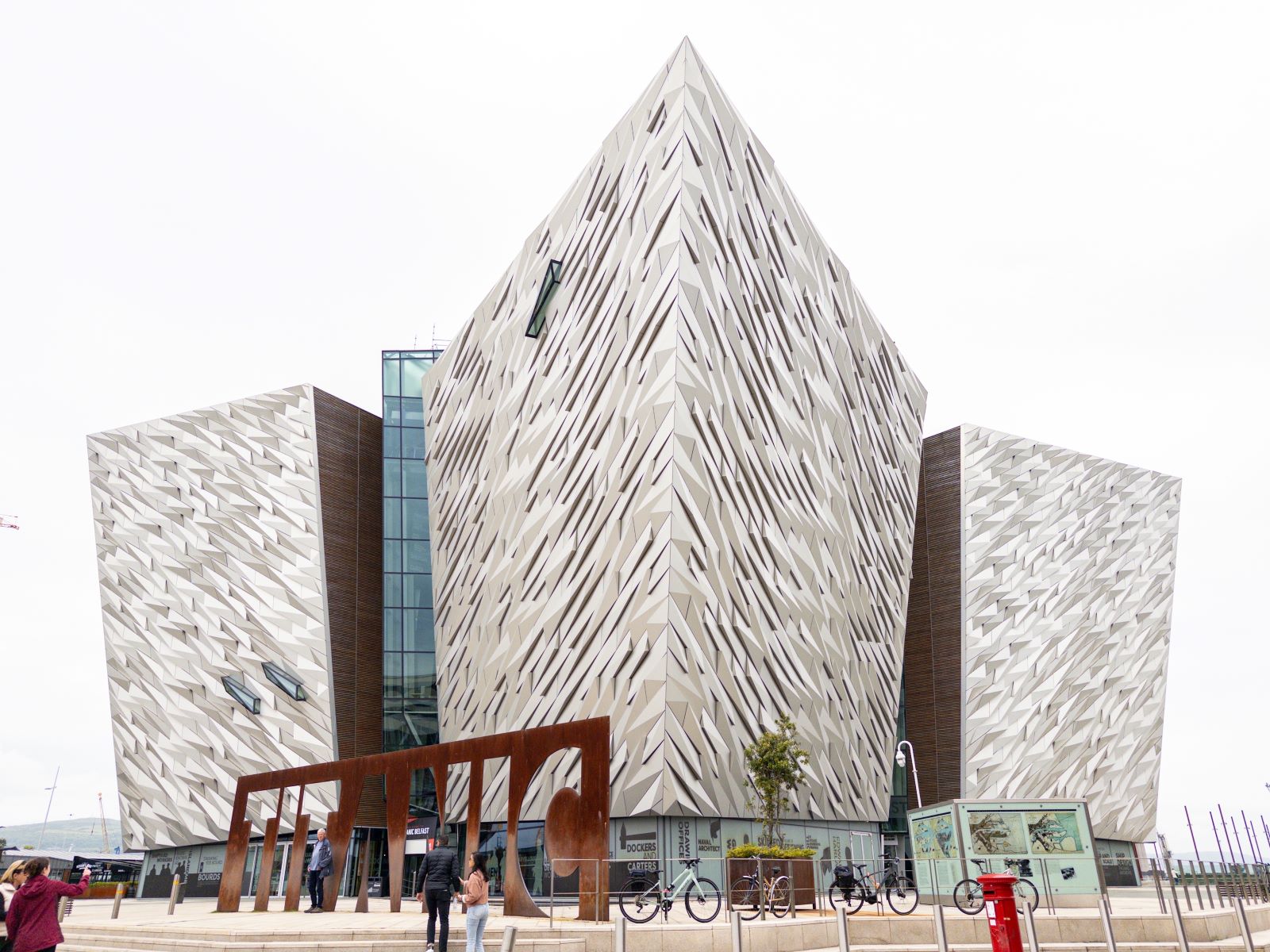
Hyped as a world-class attraction, Titanic Belfast now feels like an overpriced experience that fails to live up to its grand ambitions. The exhibition has drawn criticism for being more flash than substance, with many visitors questioning the value for money.
13. The Millennium Dome (O2 Arena), London
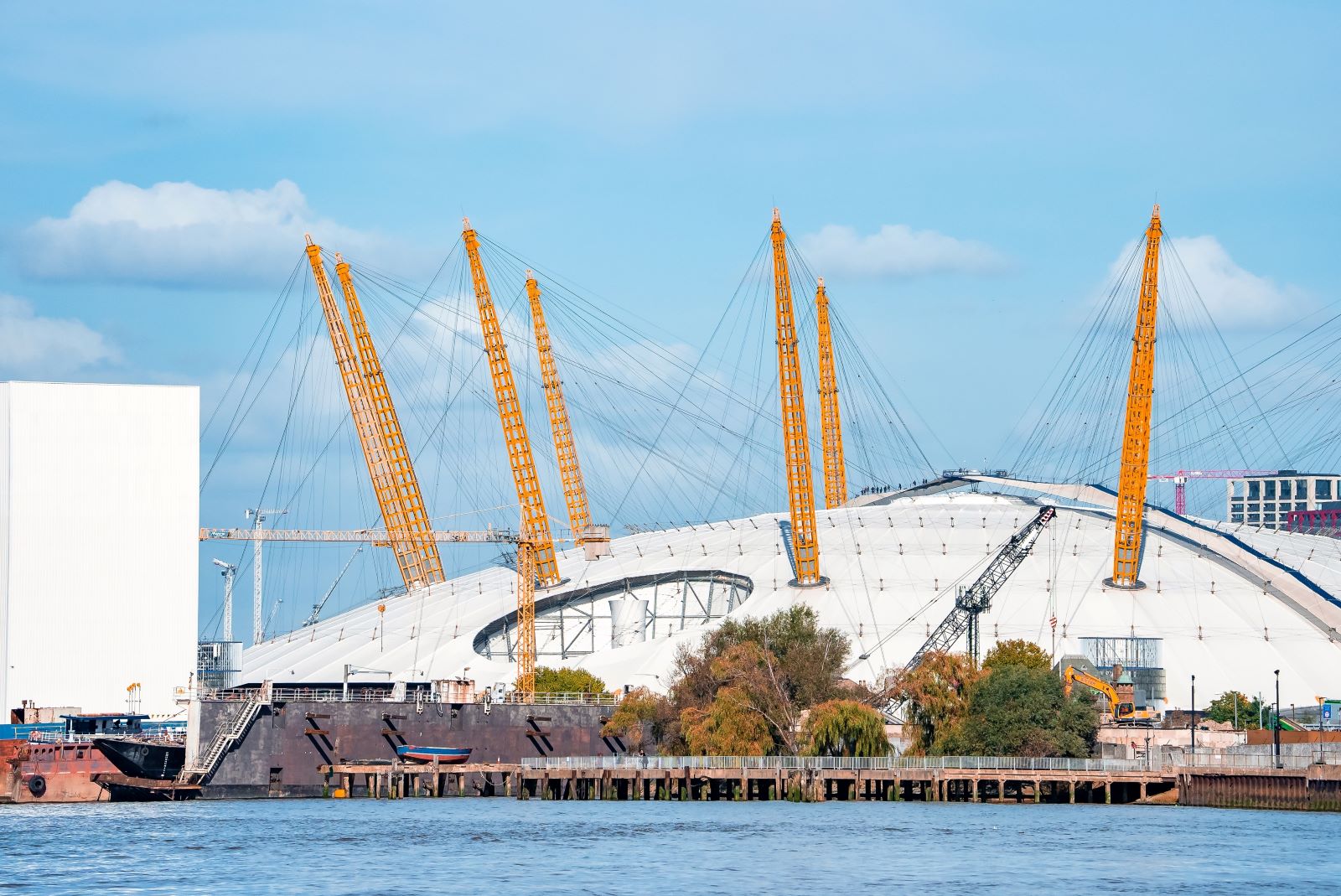
The Millennium Dome, now the O2 Arena, never lived up to its initial promise as a showcase of Britain’s future. While it’s found new life as a concert venue, the original grand vision has long since faded, leaving behind a structure that feels more practical than iconic.
14. The Falkirk Wheel, Falkirk
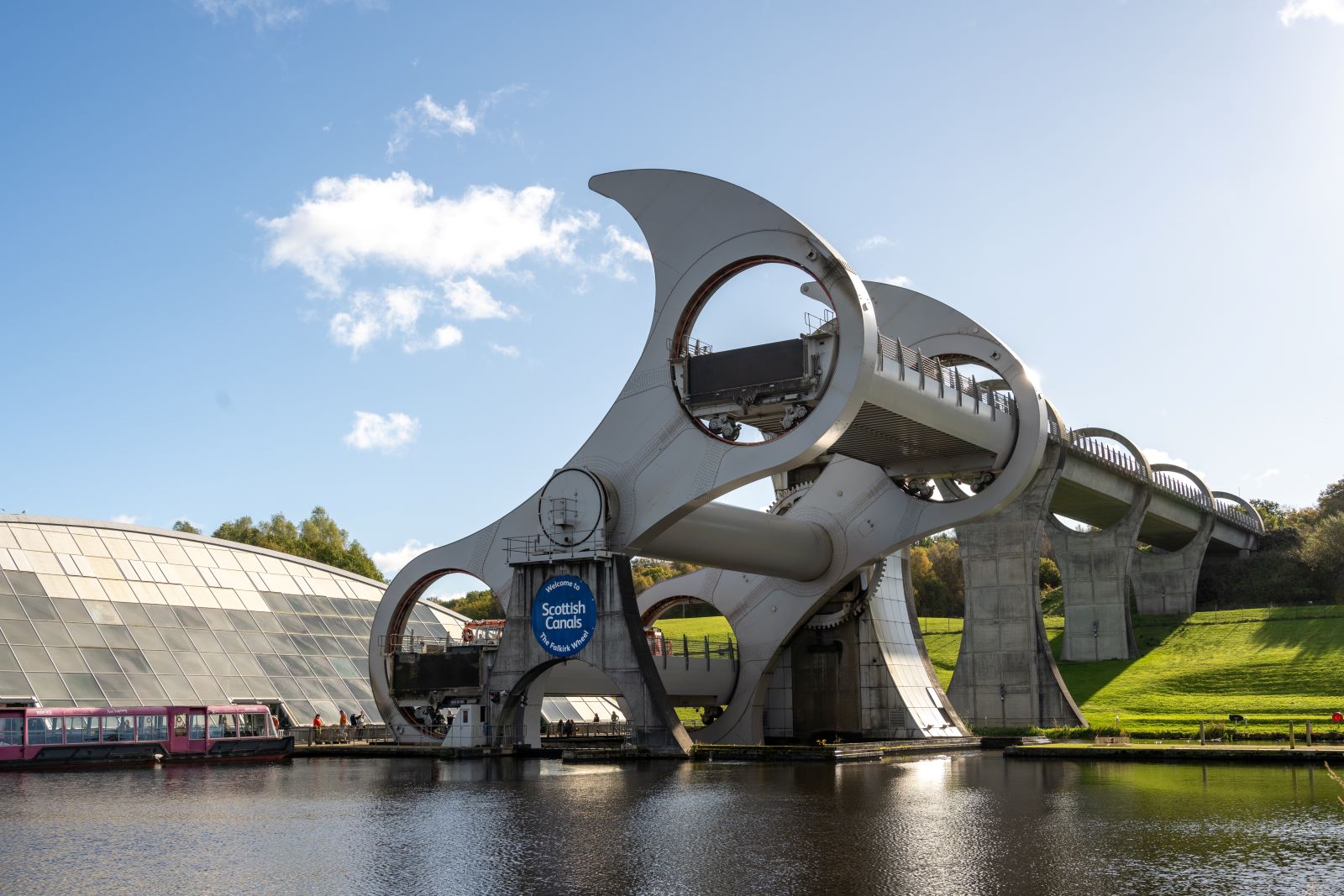
The Falkirk Wheel, once hailed as an engineering marvel, has lost its shine. Visitor numbers have stagnated, and the once groundbreaking design now feels more like a quirky curiosity than a symbol of Scotland’s innovative spirit.
15. The London Eye, London
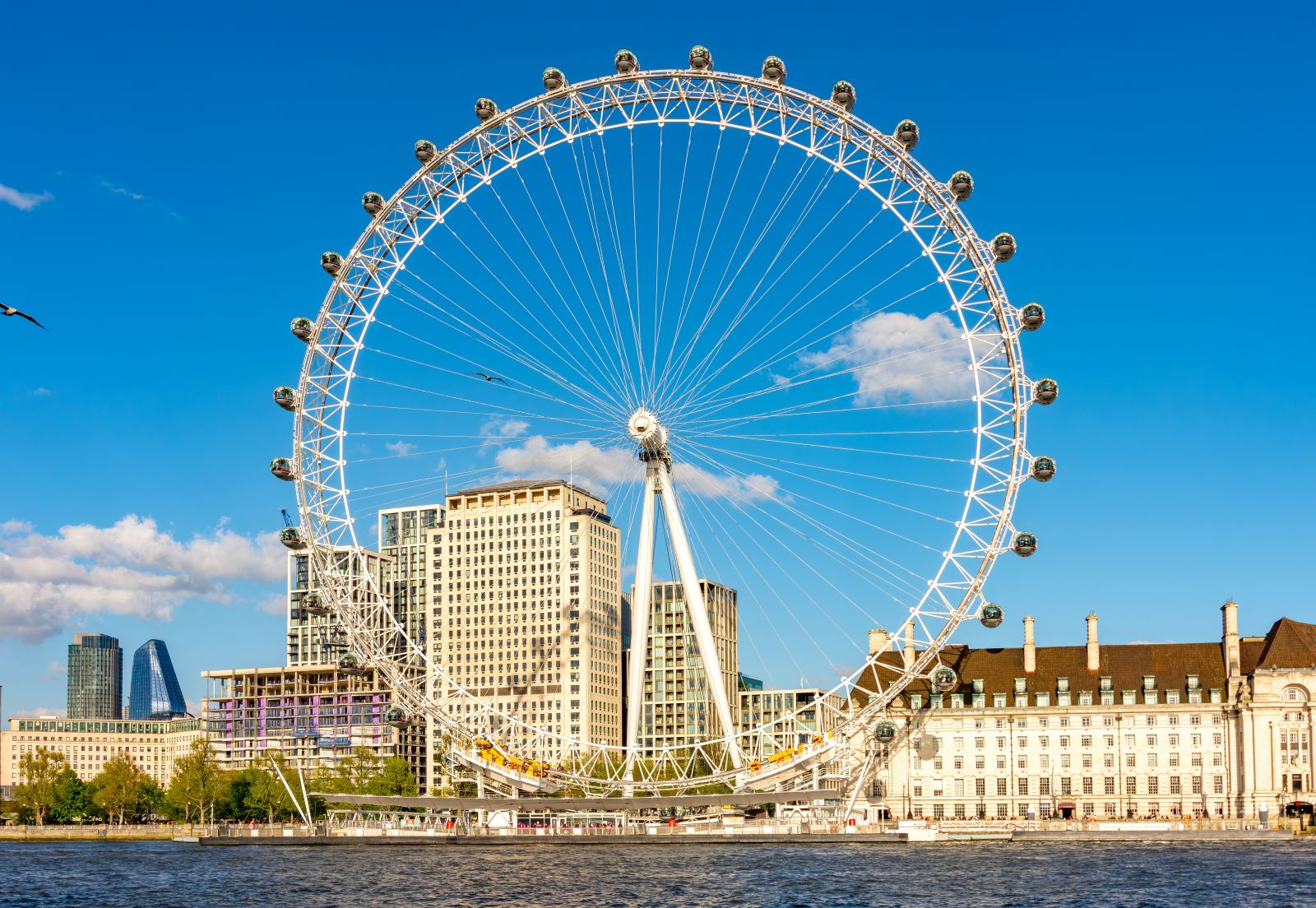
The London Eye, once a must-see attraction, has become a victim of its own success. Overcrowding, long queues, and expensive tickets have dulled the appeal of what was once a fresh way to see the capital, turning it into yet another predictable tourist stop.
16. The National Space Centre, Leicester
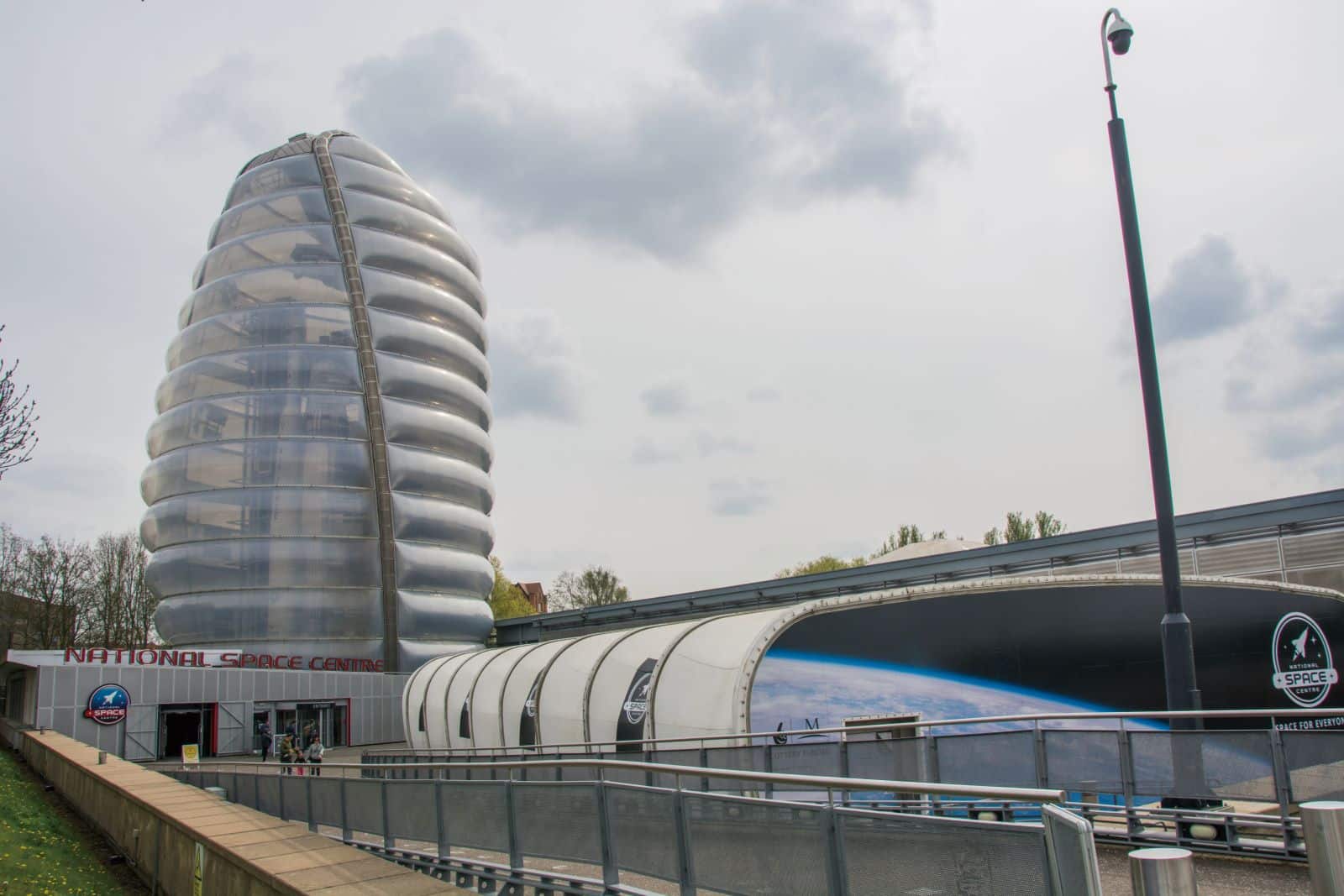
Once an exciting tribute to space exploration, the National Space Centre now feels dated. Lacking significant updates to reflect modern advancements, it struggles to captivate visitors in an era where space travel has moved well beyond the outdated exhibits on display.
17. Liverpool Cathedral, Liverpool
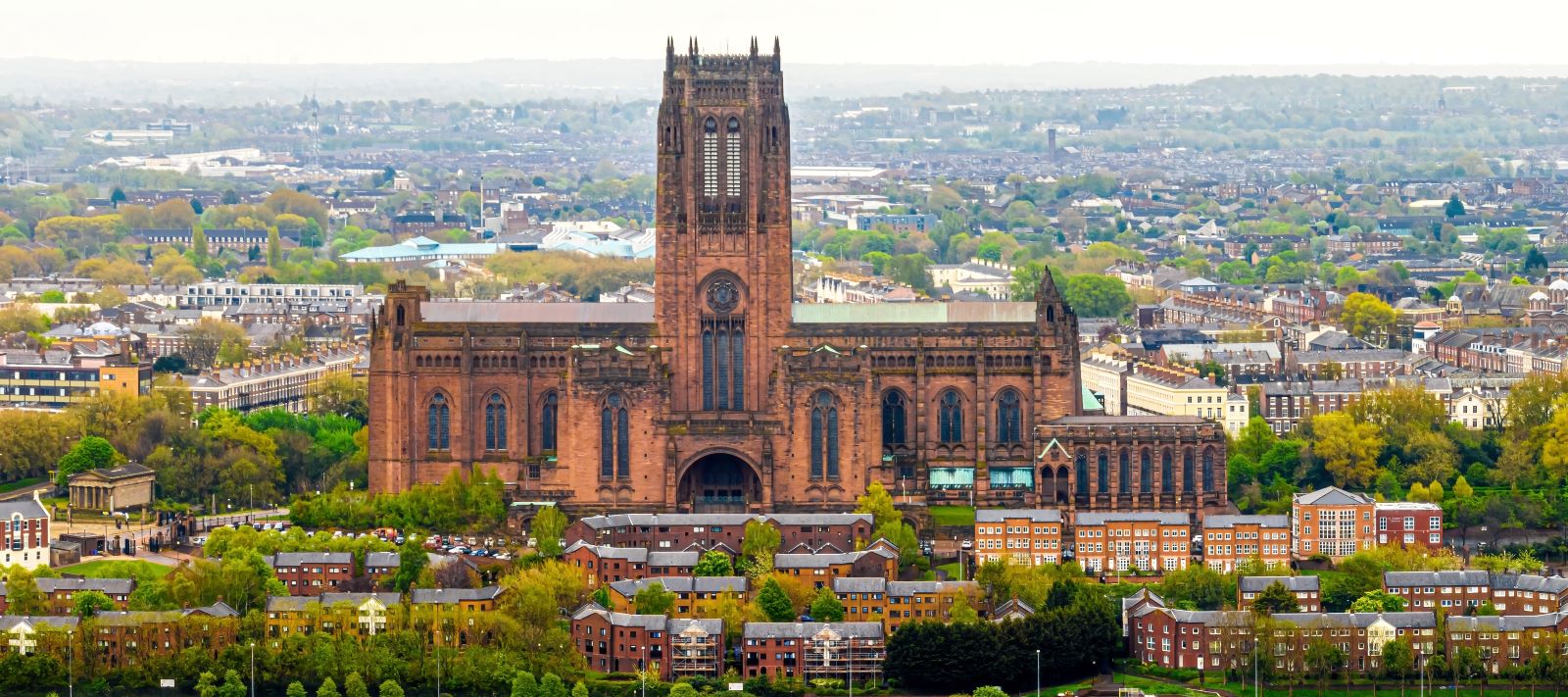
Liverpool Cathedral, while still architecturally impressive, feels increasingly disconnected from the modern city around it. Visitor numbers have dwindled, and the imposing structure often feels more like a relic than a place of active cultural or spiritual significance.
18. The Cutty Sark, Greenwich
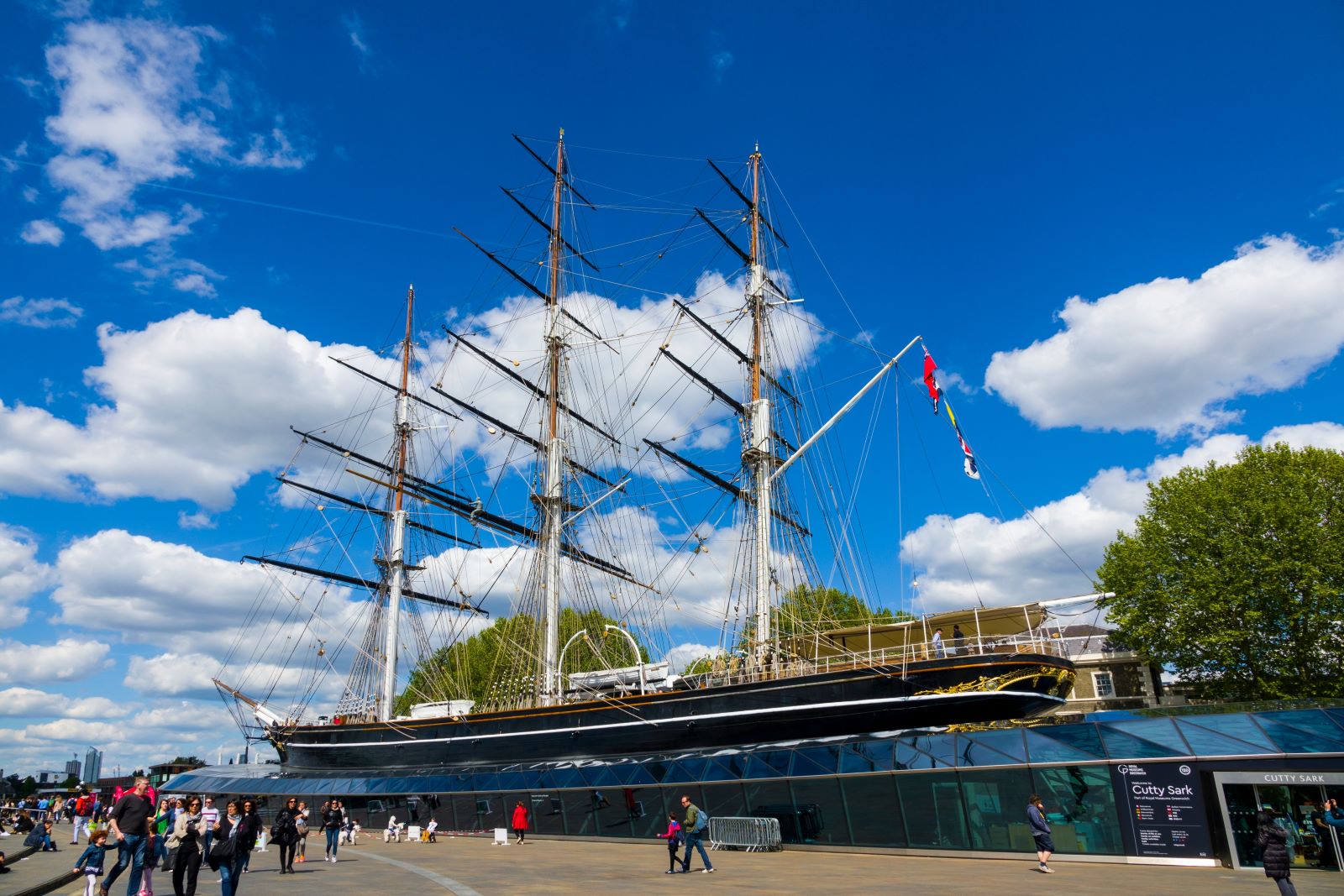
The Cutty Sark, once a proud symbol of Britain’s maritime past, is now largely forgotten. The 2007 fire and subsequent restoration efforts haven’t done enough to revive public interest, leaving the ship a neglected piece of history docked in obscurity.
19. Stonehenge, Wiltshire
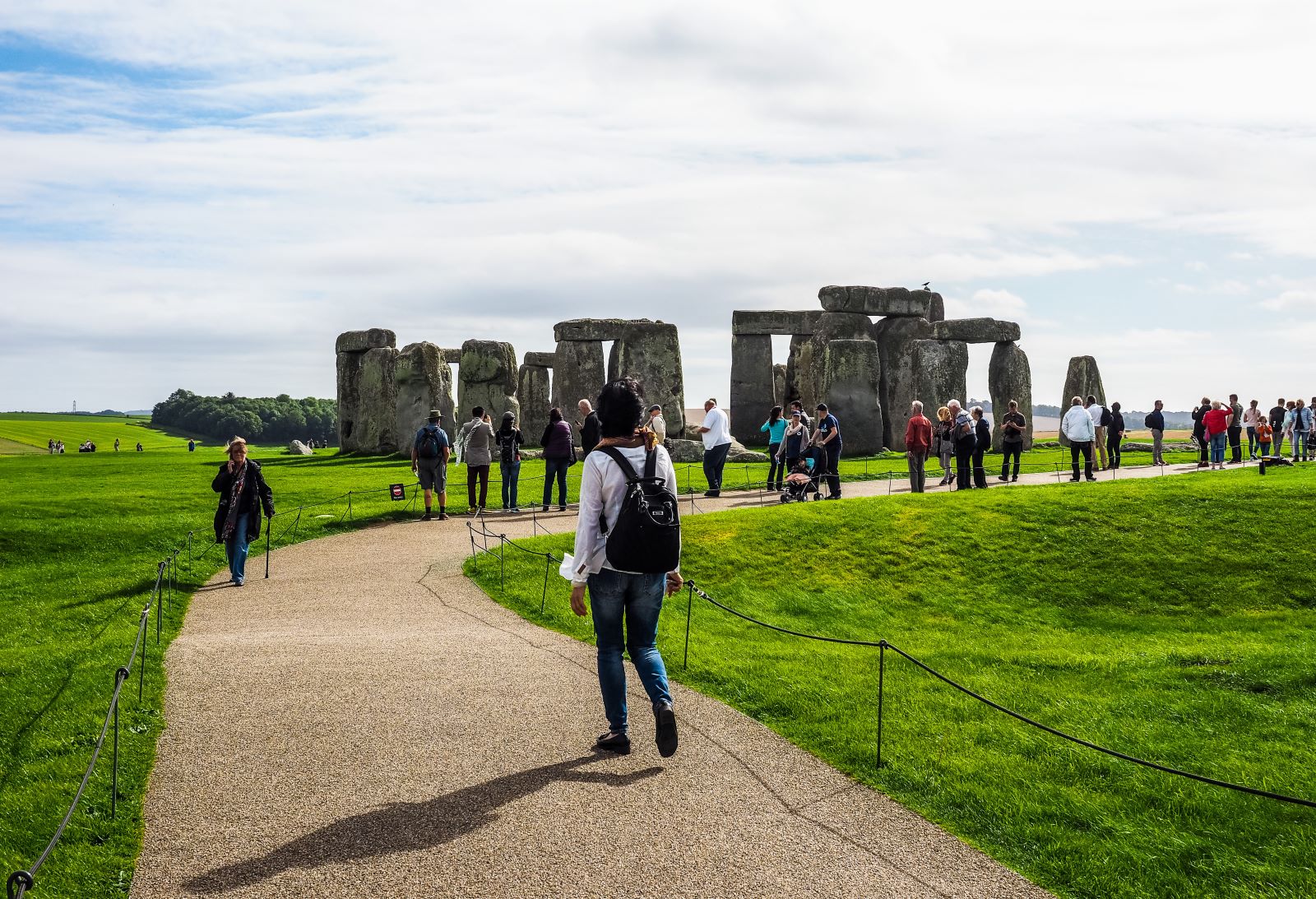
Once a site of mystical wonder, Stonehenge has become a commercialised shell of its former self. Overrun by tourists and surrounded by a swarm of souvenir shops, the ancient site’s aura has been drowned in the noise of modern capitalism.
Can Britain’s Landmarks Reclaim Their Brilliance?
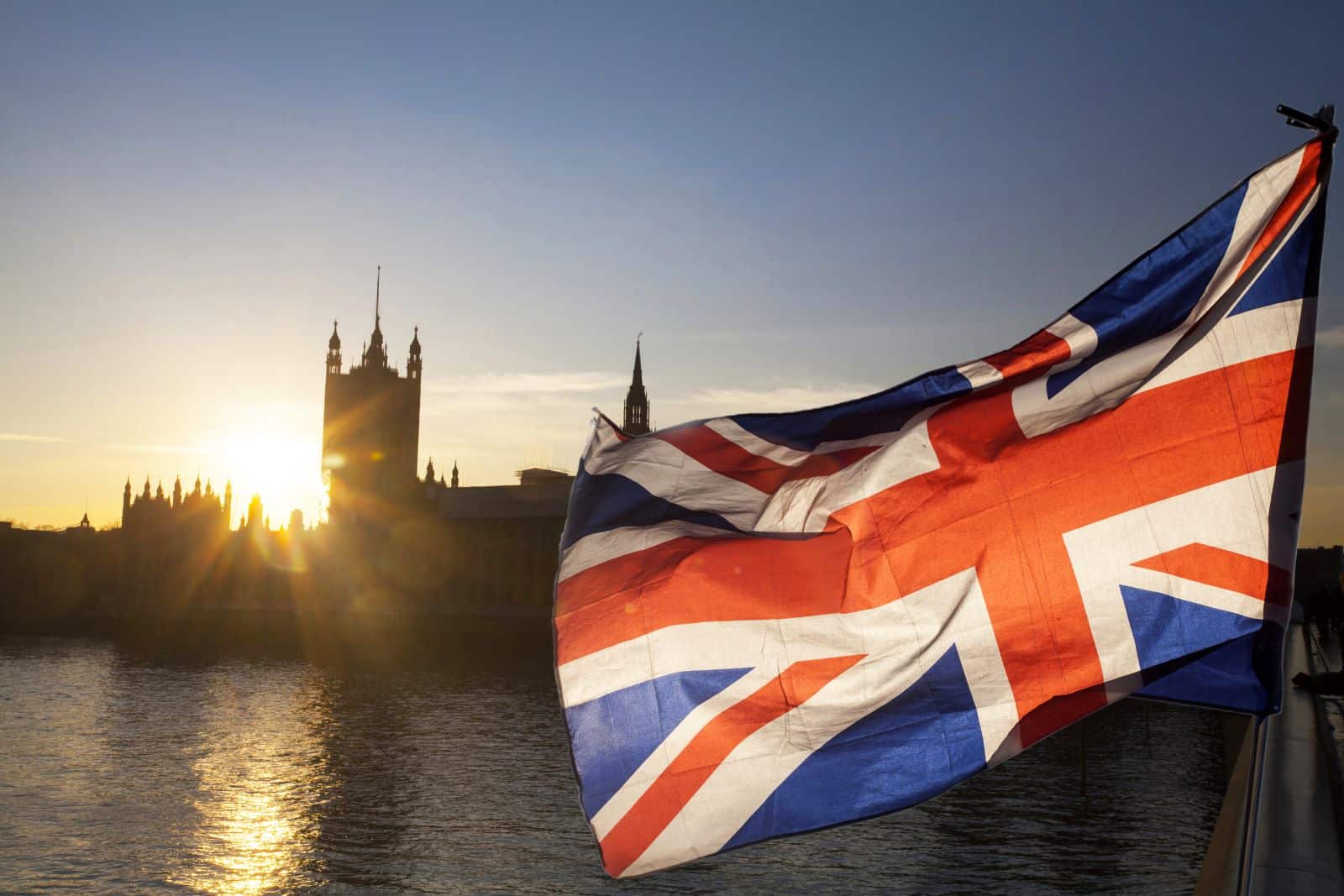
Can these once-great landmarks be revived, or are they doomed to continue fading into irrelevance? Is there hope for restoring Britain’s historic pride, or will these sites remain shadows of their former selves?
Featured Image Credit: Shutterstock / Angyalosi Beata.
For transparency, this content was partly developed with AI assistance and carefully curated by an experienced editor to be informative and ensure accuracy.
The images used are for illustrative purposes only and may not represent the actual people or places mentioned in the article.

